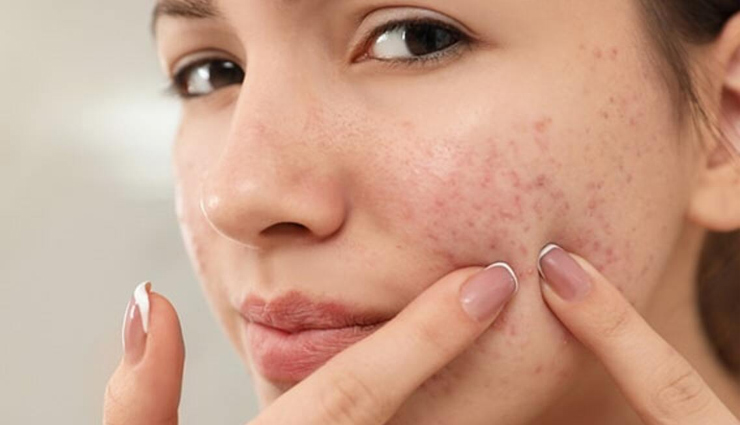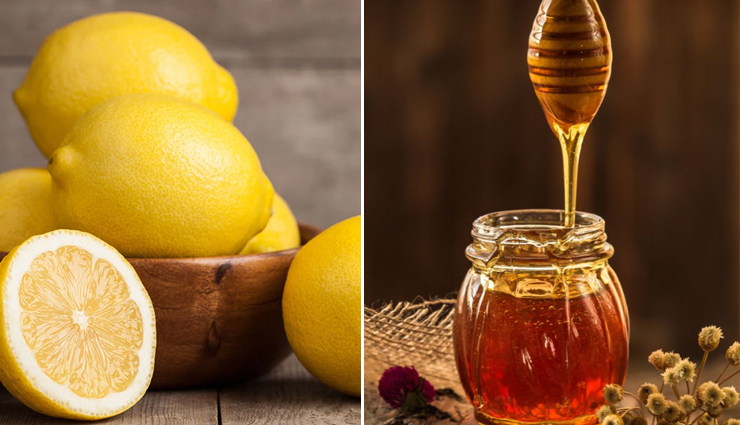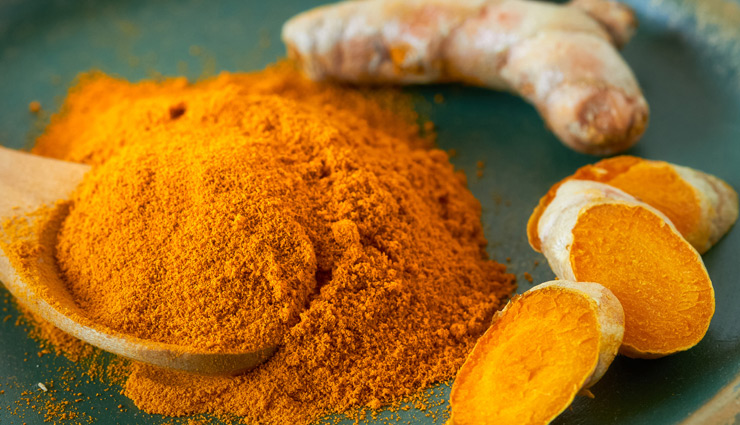2 Simple Pimple Treatments For Oily Skin You Can Try At Home
By: Priyanka Maheshwari Wed, 12 July 2023 10:52:16

Dealing with pimples can be frustrating, especially if you have oily skin. The excess oil production can clog your pores and lead to the formation of pimples. While there are numerous over-the-counter treatments available, you can also try some simple and effective remedies at home to tackle those pesky pimples. In this article, we will discuss 2 easy pimple treatments specifically designed for oily skin that you can try in the comfort of your own home.

# Lemon Juice and Honey Mix for Pimple Treatment
Dealing with pimples can be a frustrating experience, but there are natural remedies that can help in managing and reducing their appearance. One such remedy is the combination of lemon juice and honey. Lemon juice is known for its astringent and antibacterial properties, while honey possesses antibacterial and moisturizing benefits. When combined, these ingredients can create a powerful mixture to tackle pimples and promote clearer skin. In this article, we will explore how lemon juice and honey can be used as a simple and effective pimple treatment.
Benefits of Lemon Juice and Honey:
Lemon Juice:
Natural astringent: Lemon juice helps to tighten the pores, reducing the production of excess oil and preventing clogged pores.
Antibacterial properties: Lemon juice contains citric acid, which helps to fight acne-causing bacteria and reduce inflammation.
Exfoliating effect: The natural acids in lemon juice gently exfoliate the skin, removing dead skin cells and promoting a smoother complexion.
Honey:
Antibacterial properties: Honey has natural antimicrobial properties that can help combat bacteria and reduce the risk of infection.
Moisturizing and soothing: Honey is a natural humectant, which means it helps to retain moisture in the skin, keeping it hydrated and reducing inflammation.
Healing properties: Honey aids in the healing process of damaged skin, promoting faster recovery from acne breakouts.
Preparing and Using the Lemon Juice and Honey Mix:
Ingredients:
1 tablespoon of freshly squeezed lemon juice
1 tablespoon of raw honey
Instructions:
- Start with clean skin. Wash your face with a gentle cleanser and pat it dry.
- In a small bowl, combine the lemon juice and raw honey.
- Mix the ingredients thoroughly until you achieve a smooth consistency.
- Apply the mixture to the affected areas using a clean cotton swab or your fingertips.
- Leave the mixture on for approximately 10-15 minutes to allow the beneficial properties to work on your skin.
- Rinse off the mixture with lukewarm water and gently pat your face dry.
- Follow up with a light moisturizer to maintain the skin's hydration.
Usage and Precautions:
- Start by using this mixture once or twice a week, gradually increasing the frequency if your skin tolerates it well.
- If you have sensitive skin, consider diluting the lemon juice with water before mixing it with honey to minimize potential irritation.
- It is crucial to perform a patch test on a small area of your skin before applying the mixture to your face to ensure that you do not have any adverse reactions.
- Avoid exposure to sunlight immediately after using lemon juice on your skin, as it can increase sensitivity to UV rays.

# Homemade Turmeric Paste
Pimples can be bothersome and frustrating, but nature provides us with various remedies to combat them effectively. One such remedy is a homemade turmeric paste. Turmeric, a vibrant yellow spice commonly found in our kitchens, possesses remarkable anti-inflammatory and antibacterial properties. When used as a paste, turmeric can help reduce redness, inflammation, and the appearance of pimples. In this article, we will guide you through the process of creating a simple and effective turmeric paste for pimple treatment.
Benefits of Turmeric:
Anti-inflammatory properties: Turmeric contains curcumin, a compound known for its powerful anti-inflammatory effects. It can help soothe inflamed skin and reduce redness associated with pimples.
Antioxidant properties: Turmeric is rich in antioxidants, which can help combat free radicals and protect the skin from damage caused by environmental factors.
Antibacterial properties: Turmeric possesses natural antibacterial properties that can help inhibit the growth of acne-causing bacteria and reduce the risk of infection.
Creating and Using the Turmeric Paste:
Ingredients:
1 tablespoon of turmeric powder
A few drops of water (or other suitable ingredients for additional benefits, such as honey or yogurt)
Instructions:
- In a small bowl, combine 1 tablespoon of turmeric powder with a few drops of water to form a thick paste. Adjust the consistency by adding more water if needed.
- Cleanse your face with a gentle cleanser and pat it dry.
- Apply a thin layer of the turmeric paste directly to the affected areas using clean fingertips or a clean brush. Focus on the areas with pimples or inflammation.
- Leave the paste on for approximately 15-20 minutes to allow the turmeric to work its magic. You may feel a slight tingling sensation, which is normal.
- Rinse off the paste with lukewarm water and gently pat your face dry with a clean towel.
- Follow up with a moisturizer suitable for your skin type to lock in hydration.
Usage and Precautions:
- Begin by using the turmeric paste once or twice a week and gradually increase the frequency if your skin responds well.
- Perform a patch test on a small area of your skin before applying the paste to your face to check for any allergic reactions.
- Turmeric has a vibrant yellow pigment that may temporarily stain the skin. Be cautious and avoid leaving the paste on for too long to prevent staining.
- Avoid contact with clothing or fabrics, as turmeric can leave stubborn stains.
- If you have sensitive skin, consider adding ingredients like honey or yogurt to the paste for added soothing properties.





